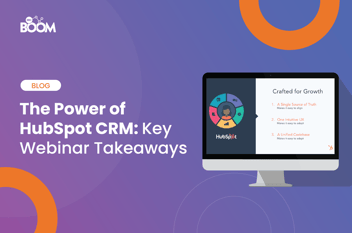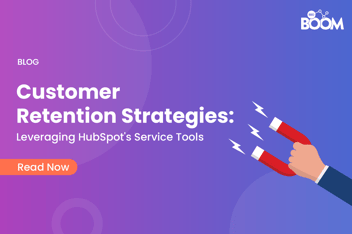The biggest announcement from Inbound 2020 has to be the launch of ‘custom objects’ for the HubSpot CRM. This development gives HubSpot users more power to customise the very heart of their CRM to closely match the needs of their business.
Once again, HubSpot is innovating to make the platform more extensible and more powerful for users.
HubSpot is brilliant. As a HubSpot Diamond Solutions Partner, it's not surprising we would say that, but we also admit that it has its limitations. Chief among them is the ability to alter the structure of the database to reflect processes unique to a particular business. We work with many customers who have a custom-coded CRM or use a system such as Salesforce that can be tailored more than HubSpot (at a cost!). Now, HubSpot has responded.
Previously there were four standard objects in the CRM:
- Contact (the person)
- Company (the business AKA account)
- Deal (AKA opportunity)
- Ticket (such as a support ticket)
Now you can create up to 10 new ‘custom objects’ inside your database. These can be objects (literally a thing) that is relevant to your business:
- Car (for a dealership)
- Hiring company (for recruiters)
- Equipment (for leasing firm)
- Contractor (for service companies)
Here are two examples of business use-cases for custom objects that we are working on.
You sell through intermediaries
If you sell a product or service to an intermediary who then sells on to the ‘end-client’ then custom objects will interest you. For example, you have a partner channel that accounts for a large proportion of your sales. With standard objects, you can’t differentiate your intermediary from your end-client as they are both are the object of company. The current work around is to create the label of ‘company type’ and mark them as either ‘end-client’ or ‘intermediary’.
Now, you can create an object of intermediary and instead, associate multiple companies and/or deals to that intermediary object. This gives you the ability to create properties specific to the intermediary such as commission rate, sales revenue, intermediary type, AOV by intermediary etc. It also gives you much more powerful reporting (see below).
You sell to physical locations
Perhaps you sell a product or service to physical locations. For example, you provide broadband (fibre) to residential or commercial customers. What matters to your business is the exact physical location, as well as who the actual customers are. The work-around today would be to use the address field for a contact record and the address field for the company record. But this is messy, as slight variations of address in either place would make it hard to search the database, meaning you can’t run reports very easily using these fields.
Now, you can create a custom object for a physical location (perhaps using exact coordinates as the unique reference) and associate multiple companies or multiple contacts to that location.
Bear in mind, there are many more use cases we have not mentioned.
Why would you use custom objects?
Organise your data better
Now you can store, segment and view data in a way that makes more sense to your business. If you work with intermediaries, now you are able to clearly identify them inside your CRM and store data against them that's relevant to your business.
With custom objects, you get to specify the properties that are unique to them (and not other objects.). You can now have a CRM extension that can be used in any record to show relevant details of the intermediary.
Here is an example using contractor as a custom object:
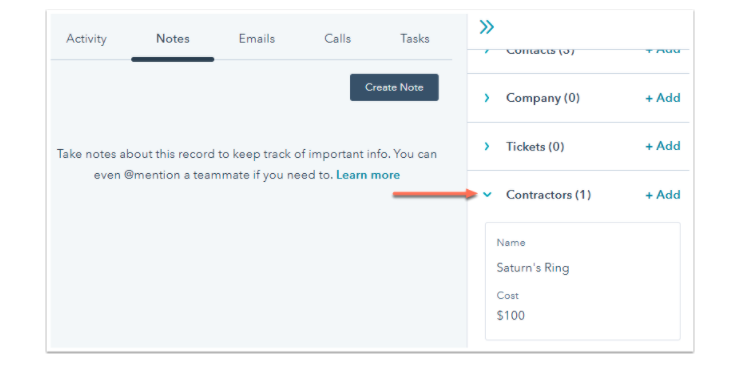
More powerful reporting
In HubSpot, you can create hundreds of reports. Previously you might pivot data from a contact against associated deals. Now, you can use custom objects to create reports that matter to your business.
So, in the case of the intermediary, you can run a report about the intermediary and deals. So in one report you can analyse all the deals associated with the intermediary, then you could then drill down, for example, to the original source of these deals or the average deal value by intermediary.
Use powerful workflows
You can create a workflow for your custom object records and enroll them to automate certain actions. This now gives you the full power (certain triggers or actions are being rolled out over time) of workflows to manage your data for the object using sales automation, and can trigger marketing automation activities based on your custom object.
So, for example, you might decide to send information to your ERP/Finance system based on likely commission payments that are due to your intermediary. This could now be done every time a deal is signed-off by an intermediary.
Here is an example using contractor as a custom object:
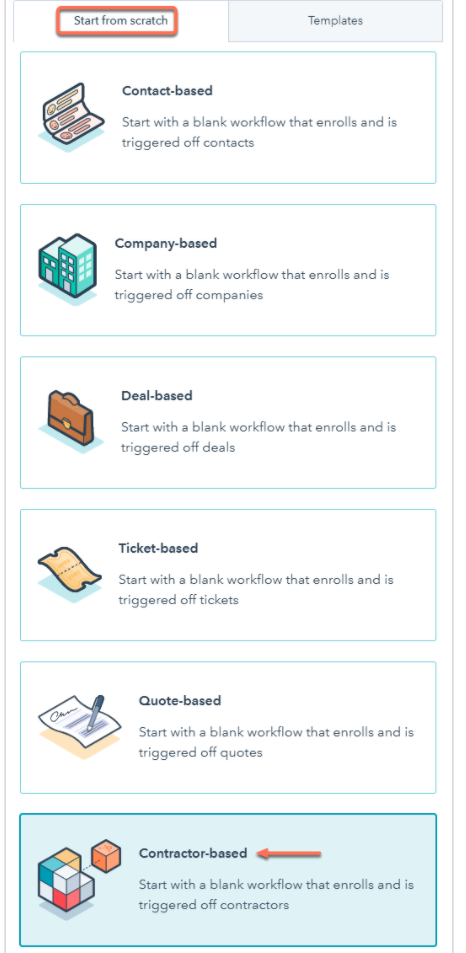
How much does it cost?
The custom object features are free to use for HubSpot Enterprise customers. However, there is likely to be some development work needed to help customers tailor the objects to your business. There is an additional custom object capacity pack which means you can use another 10 objects (this costs in the region of $500).
What next?
As a HubSpot Diamond Solutions Partner, we are more than happy to help you make use of the new custom objects feature for your business. If you want to implement a custom object, we can either advise your internal team, or do the implementation for you quickly and efficiently at a fixed cost.
To start, book in a free consultation for custom objects. Email me here at adam@bbdboom.com or book in a video call below:
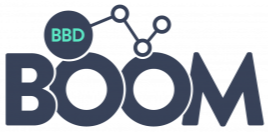
.png)
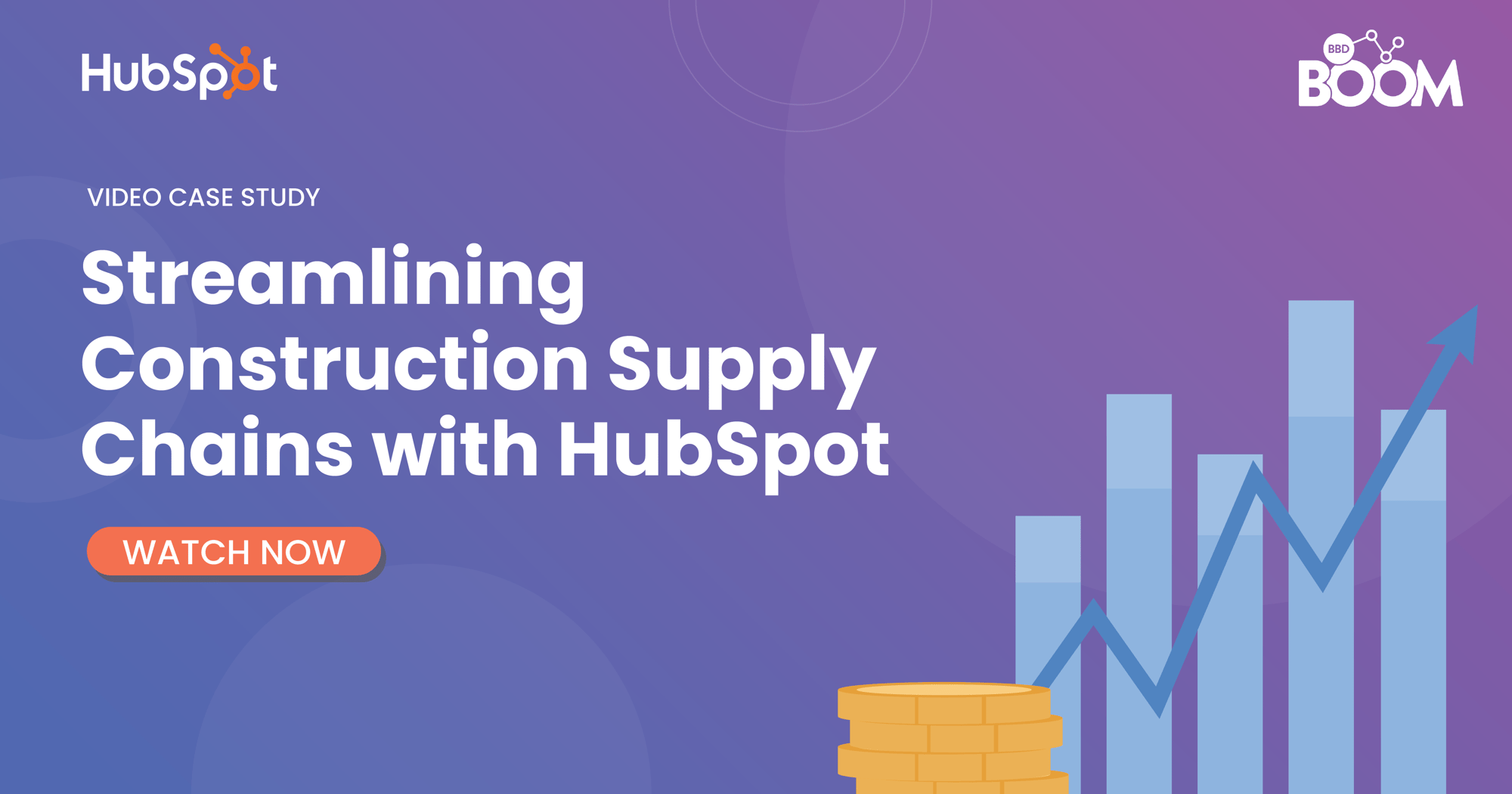
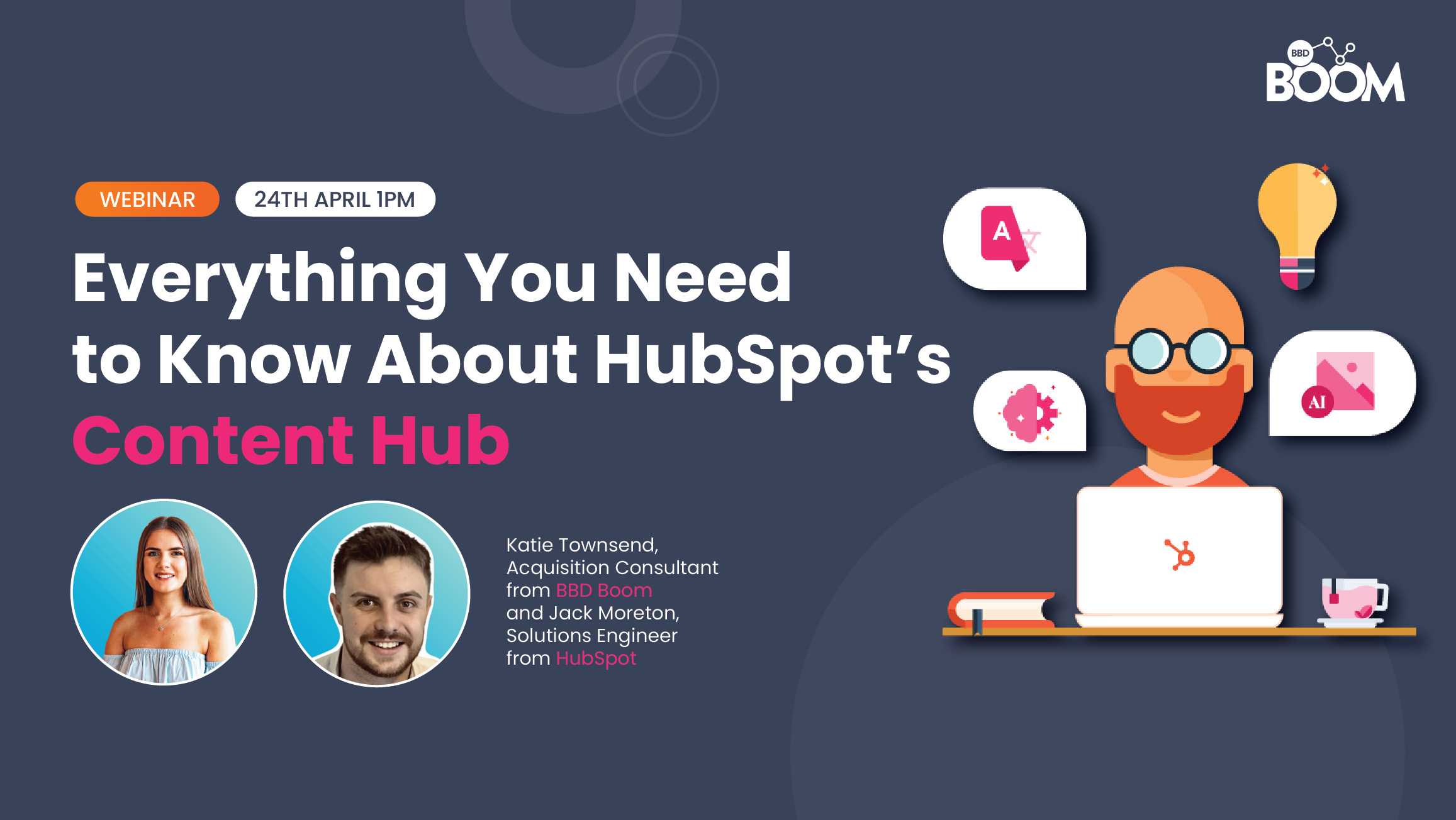

.jpeg?width=50&name=1573666887630%20(1).jpeg)

.jpeg?width=90&name=1573666887630%20(1).jpeg)

